Grumet: Hundreds of apartments proposed next to hundreds of historic graves in East Austin
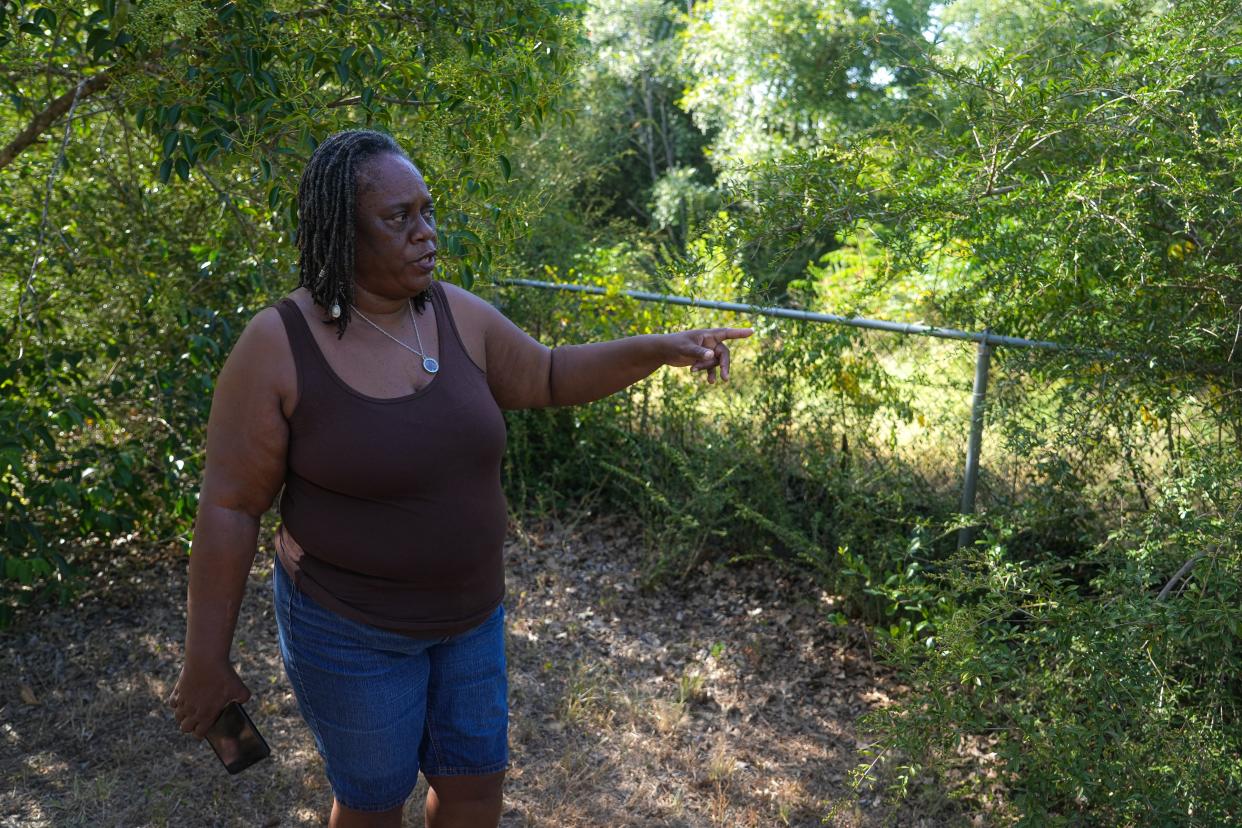
It didn’t matter that Sue Spears didn’t know anyone buried at Bethany Cemetery. When she happened upon these grounds in the early 1990s, Spears couldn’t believe what Austin’s first Black cemetery had become: abandoned, overgrown, forgotten.
“We broke a lot of chainsaws and hacksaws getting to this point,” Spears told me on a recent sunny morning, as we walked the now-tidy rows of gravesites along Springdale Road, just north of East 12th Street.
After holding a slew of cleanups over the past few decades, volunteers now make sure the grass is mowed, the trees trimmed and the garbage cans emptied. A few self-taught craftsmen are still restoring the once-toppled or shattered headstones. Dozens belong to formerly enslaved people.
The upkeep is done by do-gooders because the 6-acre cemetery isn’t owned by the city of Austin, Travis County or anyone else with a payroll. Bethany Cemetery, established 130 years ago when the Black section of the city-owned Oakwood Cemetery filled up, belongs to the community that cared enough to reclaim it.
“If Bethany Cemetery was not here, a part of Austin history, not to mention African American history, could be lost,” said Spears, president of the Bethany Cemetery Association. “These stones are the only sign a lot of these people existed.”
But not everyone had a marker that survived decades in the unforgiving elements. That’s one of the reasons Spears eyes the cemetery’s southern border with such concern.
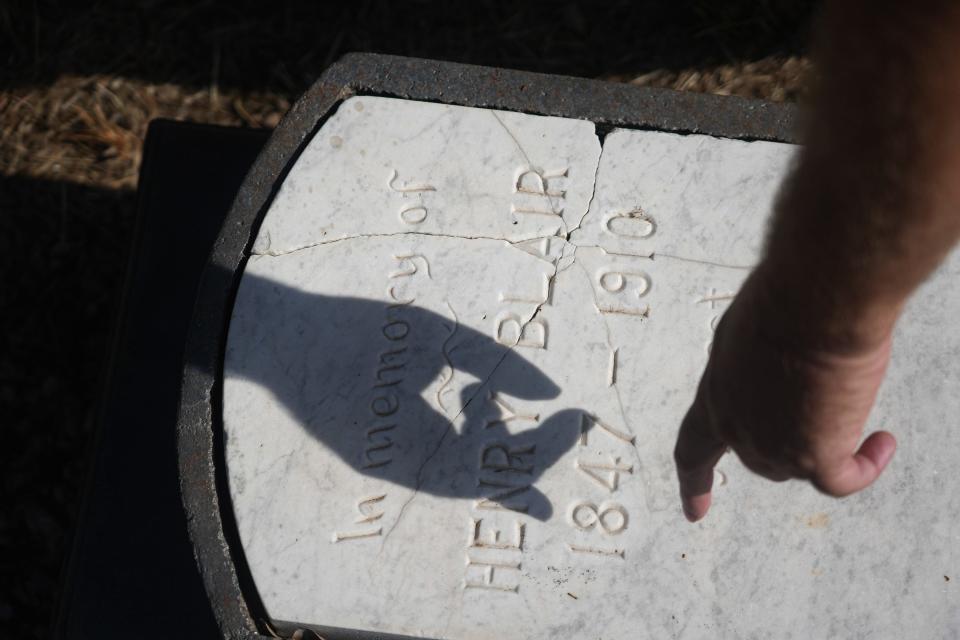
On the other side of a sloping chain-link fence sits 5½ acres where a developer wants to build two five-story apartment buildings totaling 592 units. To proceed, the project needs rezoning as well as approval under the city’s Affordability Unlocked program, which allows a greater number of units when a developer makes many of them affordable.
Spears worries: Could there be gravesites with lost markers just over the fence line, perilously close to the future path of bulldozers?
And then there is the specter of modern, mid-rise apartments overlooking a cemetery from another time. Spears fears the new neighbors won’t see a historic treasure worthy of respect.
She fears they’ll see a convenient place to take their dogs.
Affordable housing promised
Austin desperately needs affordable housing, and Heartwood Real Estate Group has proposed a lot of it at the corner of 12th and Springdale, to the south and southwest of the cemetery.
About 70% of the units would be priced affordably for tenants earning less than 60% of the median family income ($49,080 for an individual, $56,100 for a family of two). Some affordable units would be reserved for people making even less.
The developer’s Affordability Unlocked application calls for 95 studio/efficiency units (including 68 affordable); 338 one-bedroom units (including 229 affordable); and 159 two-bedroom units (including 119 affordable).
Leah Bojo, an agent for the developer, told me the units would be evenly divided between two apartment buildings: one closer to the corner of 12th and Springdale, with construction anticipated next year, and a second building to the west.
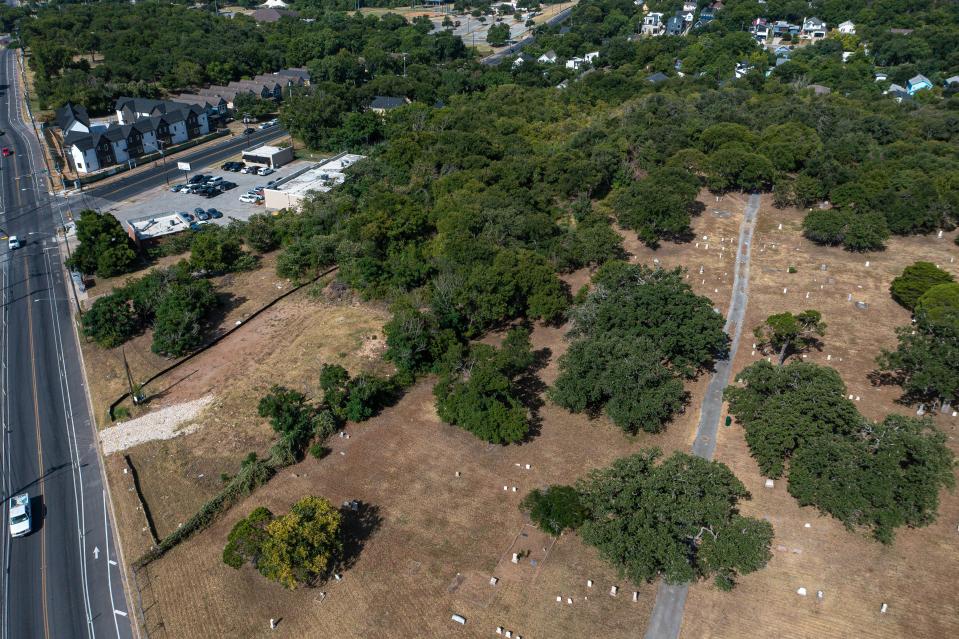
Neighbors are concerned about whether the roads, drainage and other infrastructure can support so many units there. Those will be crucial questions as the application goes through the review process.
The rezoning request is tentatively slated to come before the Planning Commission on Sept. 12; ultimately it would need the City Council’s blessing as well.
The developer is trying to work with the advocates of Bethany Cemetery. At a meeting earlier this month, Bojo said the developer could replace the sagging chain-link fence with something “much nicer,” perhaps a wrought iron fence. She also offered more landscaping along the property line and “no dogs allowed” signs for the cemetery.
At the city’s urging, she said, Heartwood Real Estate Group has also agreed to create a trail through the apartment site, connecting to a pocket park to the north and to Givens District Park to the southwest — more suitable places for people to walk their dogs, among other things.
Bojo also told me the developer is interested in providing support to the nonprofit Bethany Cemetery Association, perhaps with grant-writing or other assistance.
“We're going to talk with them about ways that we could not just keep it maintained, but be a good neighbor by actually investing in the future of that place,” Bojo said.
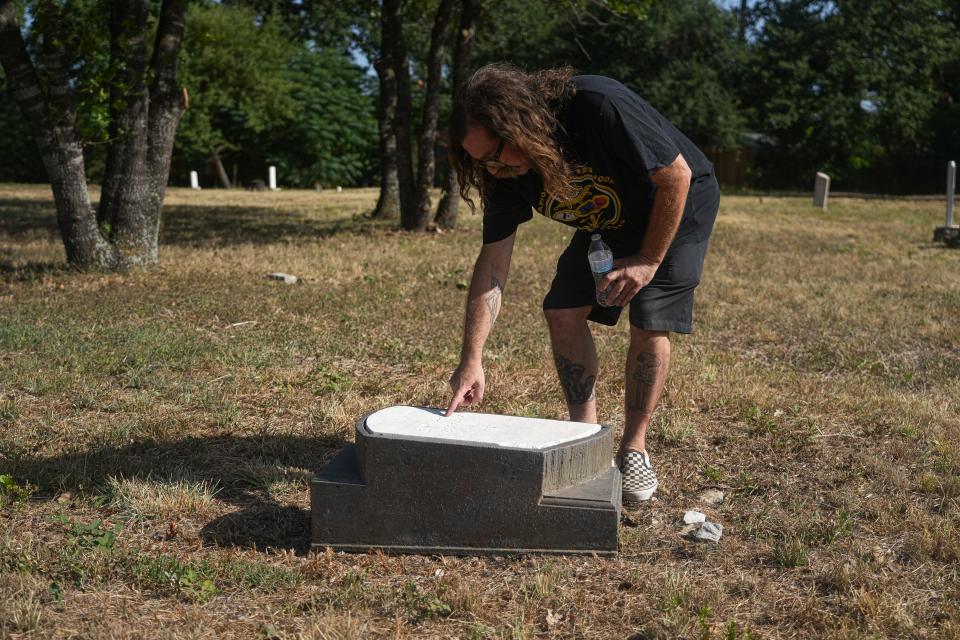
Looking beneath the surface
Still, the biggest question is what crews might find whenever they start digging into the apartment site. Could a few graves be on that side of the fence?
Such a thing wouldn’t be unheard of, said Bob Ward, chair of the Travis County Historical Commission. He noted that historic cemeteries often contain informal graves, and the boundaries can shift over time. A 1970s fire destroyed Bethany Cemetery’s gravesite records, and some markers faded away.
“A lot of them probably had wooden crosses or markers that didn’t last,” said Keith Crippen, a member of the Independent Order of Odd Fellows, a fraternal organization leading the restoration of Bethany Cemetery’s crumbling headstones. “There’s a lot of empty spaces where you don’t know what’s underneath.”
When a much smaller version of the apartment project at 12th and Springdale sought city approval two years ago, the developer hired a firm to use ground-penetrating radar along the boundary with the cemetery. The developer’s experts agreed: no sign of human burials or unmarked graves.
In a letter this week to Travis County Judge Andy Brown, Ward recommended independent review of that ground-penetrating radar data, as well as a closer look at the archival records of the relevant property lines.
In the meantime, the developer has pledged to have a historical archaeologist on site during any excavation — just in case.
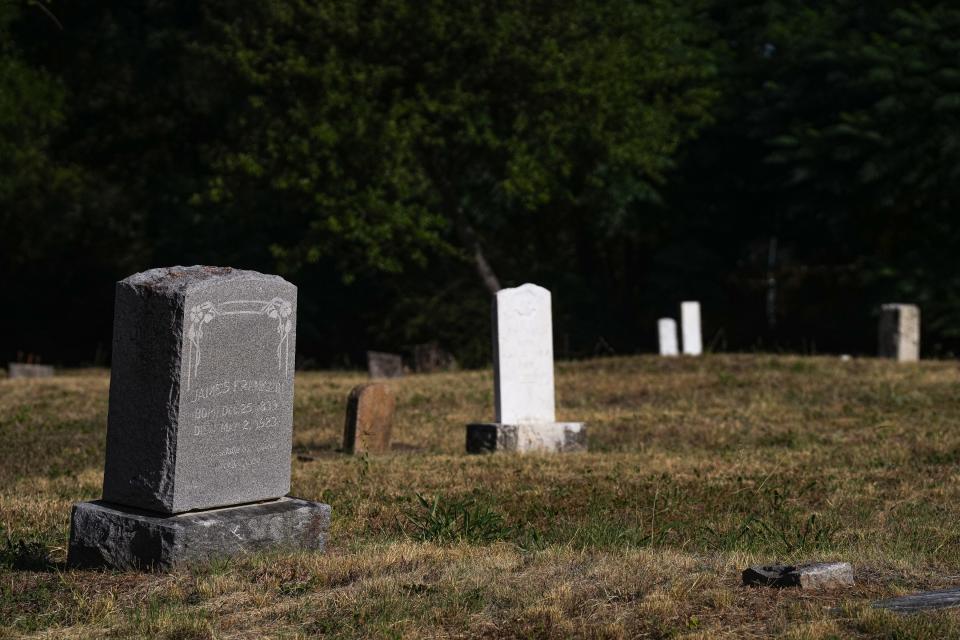
The past endures
One of the headstones in Bethany Cemetery marks the life of Easter Pease, believed to have been a slave for the family of former Gov. Elisha Marshall Pease. She was 95 when she died in 1893. Local historian Javier Wallace noted that emancipation would have arrived when she was in her 60s, probably giving her some autonomy as a domestic laborer in the latter part of her life.
Among the roughly 500 people buried at Bethany Cemetery, about 130 spent some part of their life in slavery.
“The graves of the people who were enslaved tears at my heart,” Spears said. “They had to go through so much while they were alive.”
At the very least, she said, they deserve a dignified resting place.
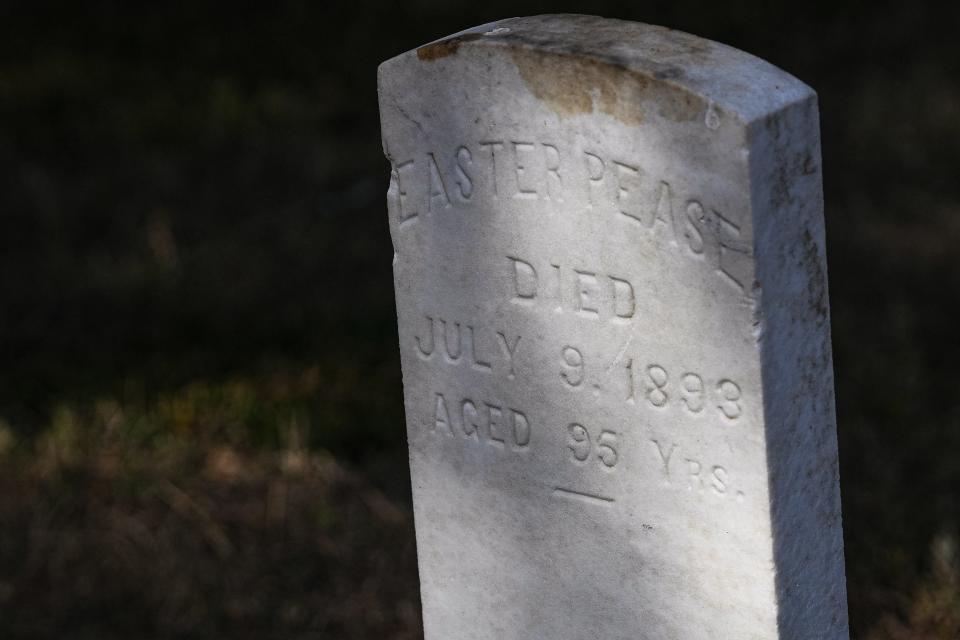
Over the past few decades, providing that peace meant reclaiming the cemetery from overgrowth and neglect. Now, it means protecting these grounds as more builders eye East Austin.
Spears doesn’t believe hundreds of apartments would be the right fit next to a historic cemetery. But she’s a realist. Something will be built next door.
Inside the fence of Bethany Cemetery, the past isn’t going anywhere. The future will have to play along.
Grumet is the Statesman’s Metro columnist. Her column, ATX in Context, contains her opinions. Share yours via email at bgrumet@statesman.com or via Twitter at @bgrumet. Find her previous work at statesman.com/news/columns.
This article originally appeared on Austin American-Statesman: Hundreds of apartments proposed next to Austin’s first Black cemetery

